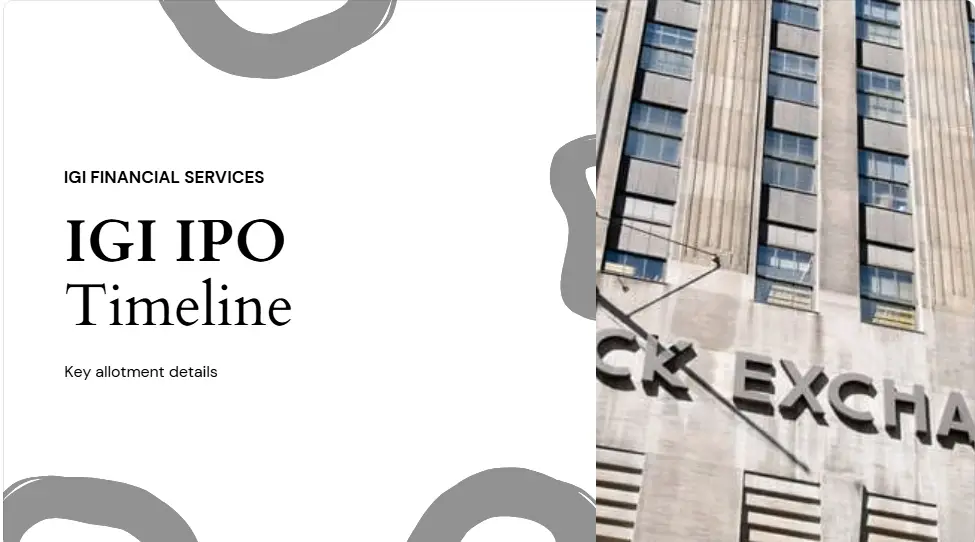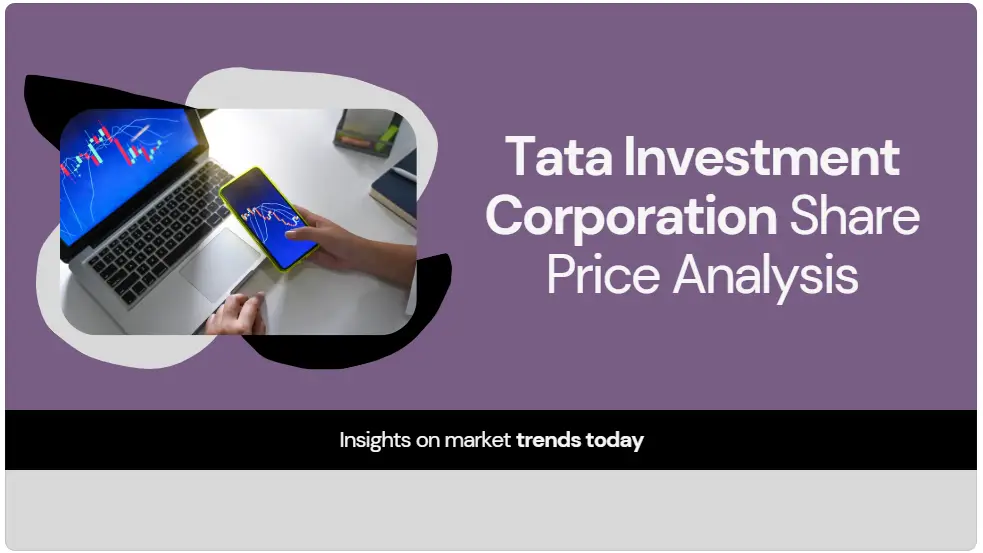
Investors and financial experts use the S&P 500 PE ratio as a key indicator to determine market value and evaluate the general health of the US stock market. This long-term study will offer a comprehensive examination of the S&P 500 PE ratio’s present situation, past patterns, and prospects.
We will examine how this ratio represents market sentiment, earnings performance, and value movements over time using a wealth of data, including specific numbers from a recent report.
What Is the S&P 500 PE Ratio?
The current market price of the S&P 500 index is divided by the total earnings per share (EPS) of the firms that make up the index over the last twelve months (TTM) to determine the S&P 500 PE ratio, also known as the price-to-earnings ratio. When comparing the market’s current valuation to past standards, this ratio gives investors a sense of how much they are paying for every dollar of earnings.
To put it simply, a higher S&P 500 PE ratio indicates that investors are prepared to pay more for earnings, perhaps as a result of growth expectations. On the other hand, a smaller ratio can be a sign of market pessimism or undervaluation.
For instance, the S&P 500 PE ratio was 27.023 on March 20, 2025, indicating a minor -0.83% year-over-year decrease. —a piece of information that underscores ongoing shifts in market dynamics.
S&P 500 Historical Price Data
| Date ▼ | Open | High | Low | Close | Volume |
|---|
S&P 500 Market Analysis
| Metric | Value | Analysis |
|---|---|---|
| Current PE (Mar 2025) | 27.02 | 4.5% above 5-year average |
| Historical Average | 24.77 | Long-term benchmark |
| 2026 Projection | 20.07 | Potential 25.8% correction |
PE Ratio Trend
Valuation Comparison
Volatility Timeline
Valuation Methodology
TTM Calculation Process
Continuous update cycle with latest reported results
Top/Bottom 10% excluded for normalized range
Market Implications
- Premium valuation requires strong earnings follow-through
- Historical mean reversion probability: 58%
- Forward yield compression risk
Understanding the Ratio
Fair Valuation: “Fair” valuation is defined as an S&P 500 PE ratio that is within one standard deviation (σ) of the long-term average.
For example, compared to a 1-year average of 26.48, the present ratio of 25.85 falls within a reasonable range, according to data conducted during the past year.
Overvaluation and Undervaluation:
Potential overvaluation or undervaluation is indicated when the S&P 500 PE ratio deviates significantly from the average—more than one standard deviation. Investors should be cautious in the current situation as comparisons over 5- and 10-year periods imply that the market may be on the verge of overvaluation.
Broader Market Implications
A crucial metric for both stock valuation and more general economic developments is the S&P 500 PE ratio:
Investor Sentiment: Optimism and growth forecasts are frequently correlated with a greater ratio. On the other hand, a falling S&P 500 PE ratio may indicate a downturn in the economy or market fears.
Comparative Benchmarks:
To provide a thorough market analysis, this ratio is utilized in conjunction with other indicators including dividend yields, earnings growth, and the Shiller CAPE ratio. Analysts can assess if the market is in a bubble or on a path of sustainable expansion by analyzing these indications.
S&P 500 PE Ratio Analysis
Strategic insights through historical valuation metrics
Asset Allocation Strategy
Current allocation recommendation based on PE levels:
Market Timing Indicator
Historical Performance
Technical Evaluation and Trend Tracking
This PE ratio can be interpreted using technical indicators in addition to fundamental analysis. For instance, moving averages offer more context:
200-Day and 50-Day Moving Averages:
These moving averages correlation with current market values can provide information about the mood of the market. While a negative margin in relation to the 50-day moving average may imply short-term bearish tendencies, a positive margin above the 200-day moving average typically signals long-term optimistic emotions.
Volatility Considerations: Volatility indicators like the VIX and put/call ratios also have an impact on the state of the market, which is represented by the S&P 500 P/E ratios. Investors can better assess the risk environment and modify their strategies with the use of these measurements.
Future Outlook and Concluding Thoughts
Looking ahead, a number of variables, such as market mood, macroeconomic conditions, and business profits growth, will influence the S&P 500 PE ratio future course. Investors may witness a slow return to historical averages as forward projections indicate a drop in the ratio over the course of the next year or two.
However, these estimates may be impacted by changes in global economic patterns, technology breakthroughs, and regulatory changes.







Pingback: ITC PE Ratio Analysis 2025 - Current Trends & Insights
Pingback: Russell 3000 vs S&P 500: Which Index Wins in 2025?
Pingback: Why Netflix PE Ratio Is So High
Please tell me more about this. May I ask you a question? http://www.ifashionstyles.com